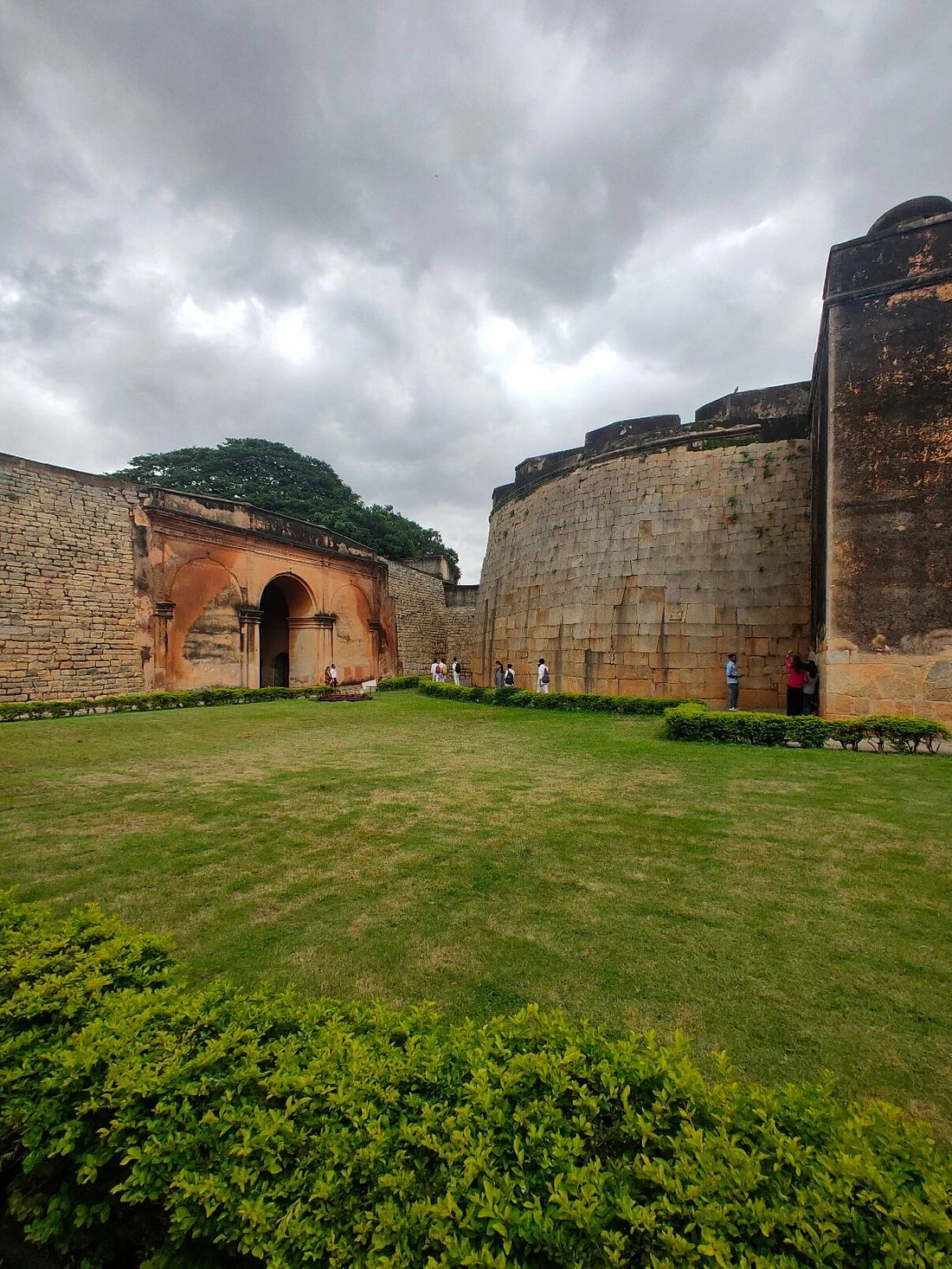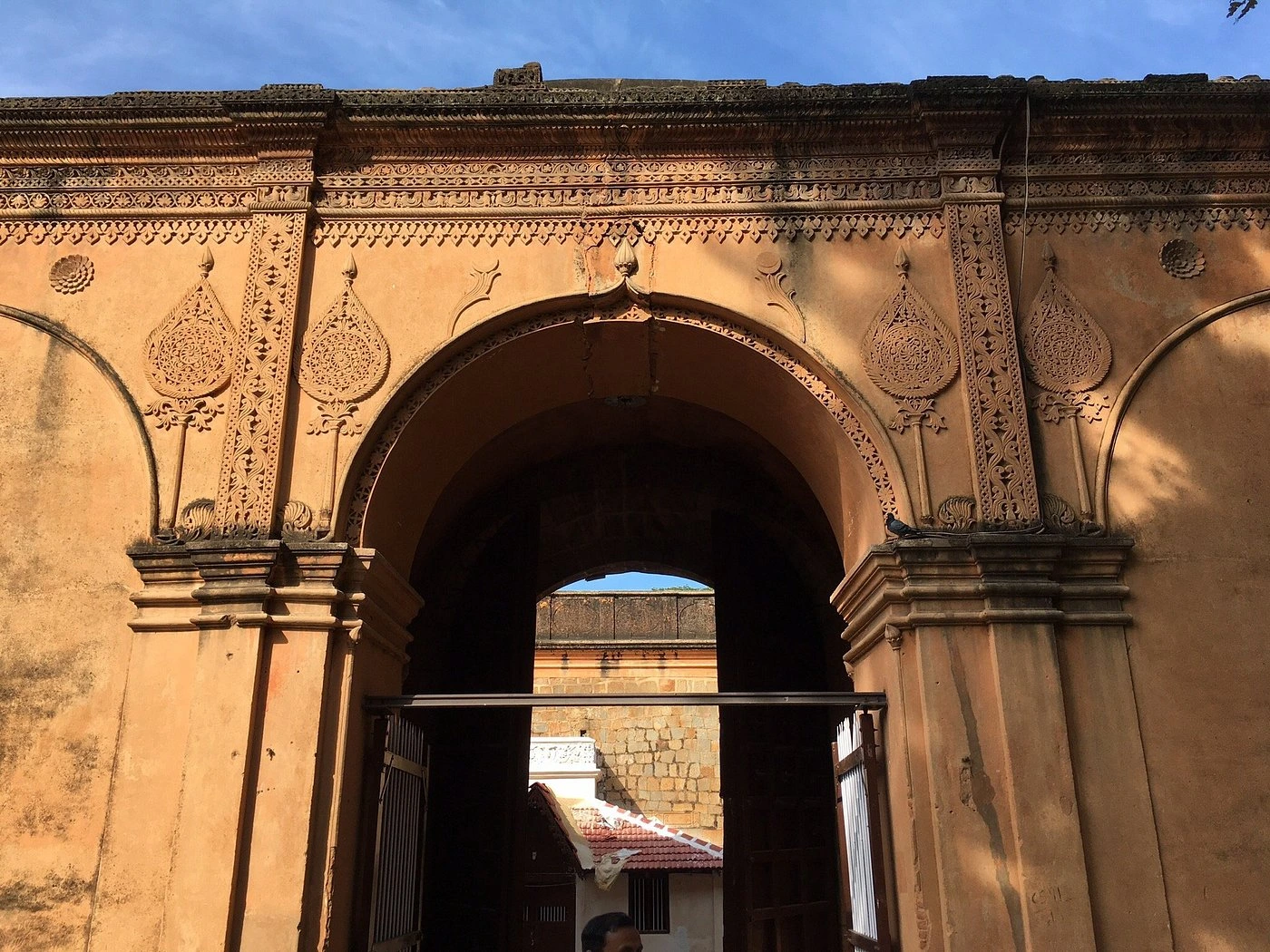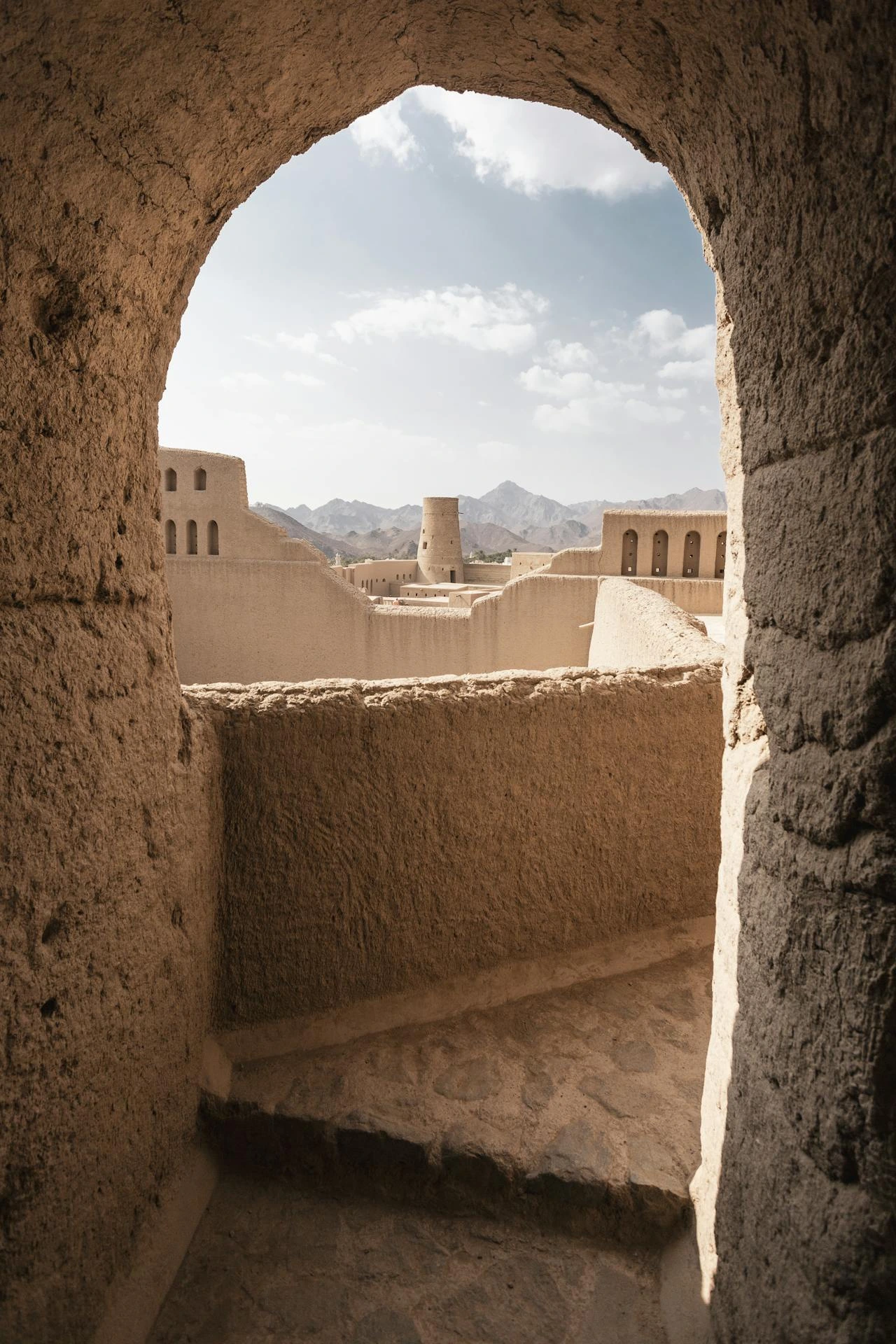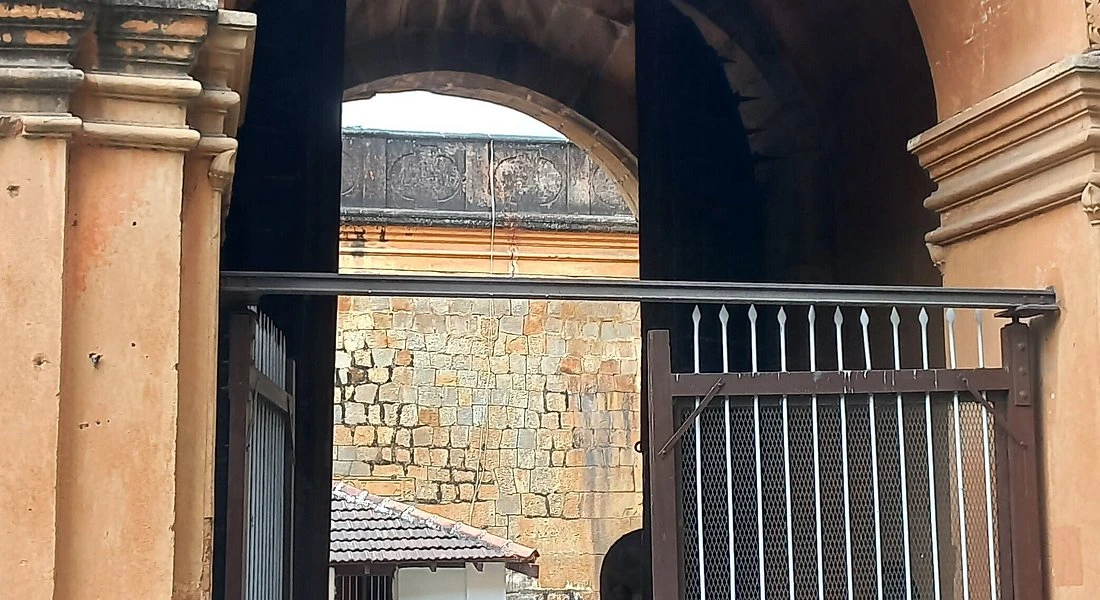About Kempegowda Fort
Kempegowda Fort is regarded as the cornerstone in the history of the city of Bangalore, revolutionising how the city came to be known and fought over. Originally a mud fort built in 1537 by Kempe Gowda I, the city was born out of it. Kempe Gowda I, the founder of Bangalore, realised that the city would become an important commercial and administrative centre, which was critical in ensuring the area’s safety. The fort played a significant role as it was located at the junction of major trade routes, thus fostering trade and the development of neighbouring areas. The fort was further enhanced and fortified with stone by one of the region’s self-rulers, Hyder Ali, King of the Kingdom of Mysore, in 1761, thereby improving the fort’s defence capabilities. The fort was also used by his son, Tipu Sultan, during clashes with the British East India Company.
Historical Significance
Numerous engagements took place within the fort during the Anglo-Mysore conflicts, particularly in the Third Anglo-Mysore War in 1791 when the British occupied the city of Bangalore. Two of the fort’s original four walls have been restored, preserving both the historical imagination and the ceremonial architecture of the city.
Distance from Bangalore and Reaching Time
Kempegowda Fort is located in Bangalore itself and is about 4 kms from the KR market metro station area.
Best Season and Time to Visit
The best season to visit Kempegowda Fort would be in winter or the pleasant months from October to March. The weather will be cool and ideal for photography and sightseeing activities.
Local Attractions
- Savandurga Hills : Savandurga Hills, one of the largest monoliths in Asia, is a stunning destination that attracts numerous tourist. The hills consist of two peaks: Karigudda (Black Hill) and Biligudda (White Hill). A famous trekking spot tha is ideal for beginners as well as seasoned hikers, it acts as a great weekend getaway near Bangalore.
- Tipu Sultan’s Summer Palace: Tipu Sultan’s Summer Palace was constructed between 1781 and 1791, in an attempt to build a summer palace for Tipu Sultan. The palace is remarkable and aesthetic with wood arches, vintage balconies that is bound to captivate everyone.The palace, which was originally within the Bangalore Fort area, consists of only one primary two-storied structure featuring delicately ornamented wooden columns and a central courtyard.
- Lalbagh Botanical Garden: Lalbagh Botanical Gardens is over 240 acres and acts as a paradise containing the largest collection of flora in South India. Different sections of the garden are equipped with different themes taking you on a rollercoaster, filling your mind with various scents. The Glass House located in these gardens are based on London’s Crystal Palace which offer a vibrant display of flowers that can be explored via renting bicycles.
Key Facts
- Elevation: 900 meters above sea level.
- Location: Bangalore, India.
- Trek Difficulty: Not required.
- Historical Significance: One of the oldest forts of Bangalore built by Kempe Gowda I and revamped by other prominent rulers.
Travel Tips
- Preparation: Camera, comfortable shoes and clothes, other essentials.
- Guides: A good local guide will be able to shed light on cultural stories and valuable information on the place.
- Permits: There are no permits required to visit the fort.
- Respect Nature: Do not litter or ruin any fort by polluting it, follow proper waste management practices.
Activities
- Kempegowda Fort presents a feast of activities for history buffs or curious visitors alike. There is a heritage walk around the fort, allowing visitors to see the remaining bastions, gates, and walls that once shielded the city.
- Guides are available to provide detailed information about the fort’s architecture and history, sharing stories of Hyder Ali, Tipu Sultan, and their fight against the British.
- Photography opportunities are plenty, as shots of the fort can be enhanced by views over the city of Bangalore, particularly from vantage points within the fort. The surrounding areas, including KR Market, a bustling part of the city, offer great opportunities for unobstructed photography.
- For those wanting to explore the local culture, the area around Kempegowda Fort is filled with shops and street vendors selling local handicrafts, textiles, and spices.
Itinerary
- Morning: Start the day with a visit to Kempegowda Fort.
- Afternoon: Visit Tipu Sultan’s Summer Palacefor an extra dose of historical beauty.
- Evening: Conclude the day by visiting the Lalbagh Botanical Garden, enjoying the sunset and light shows.
Location Map
Enquire About Your Tour
Get details on your ideal trip early for a hassle-free experience; ensure comfort and convenience!






